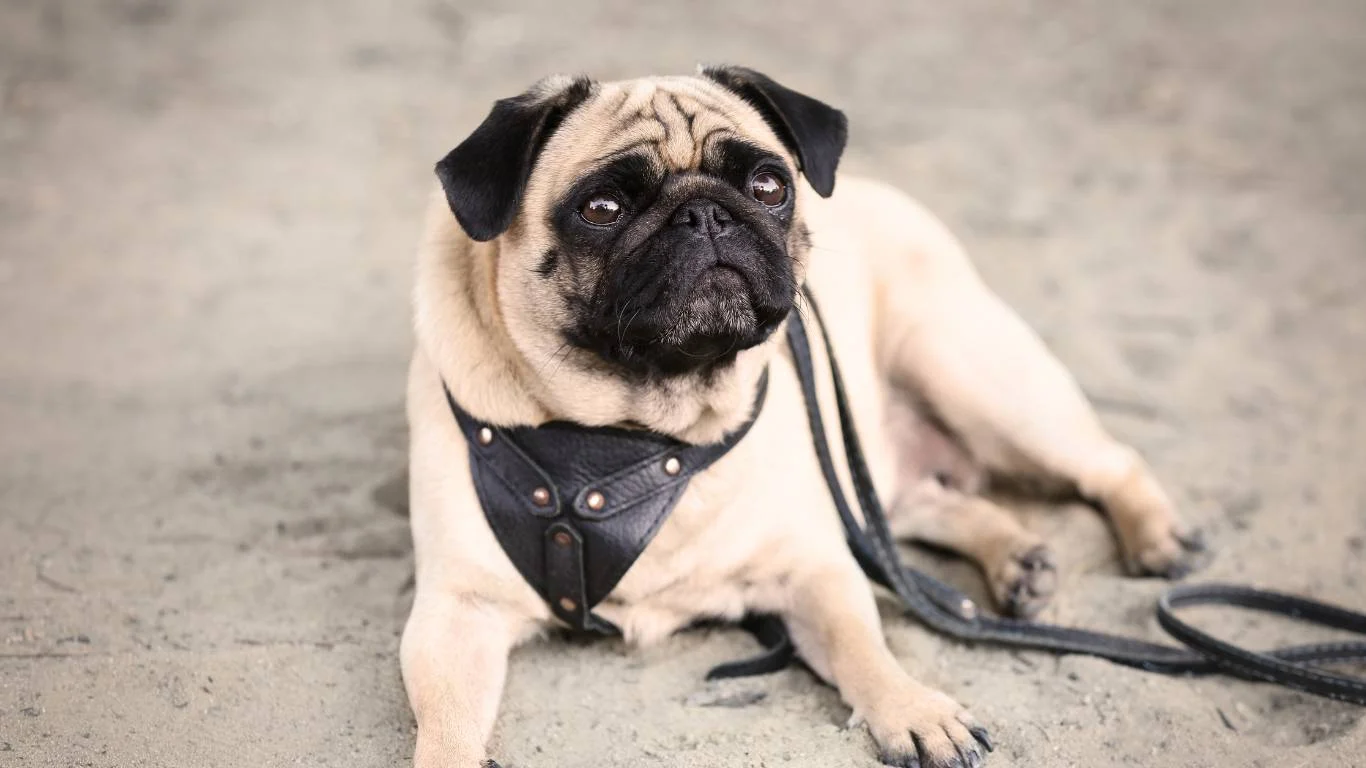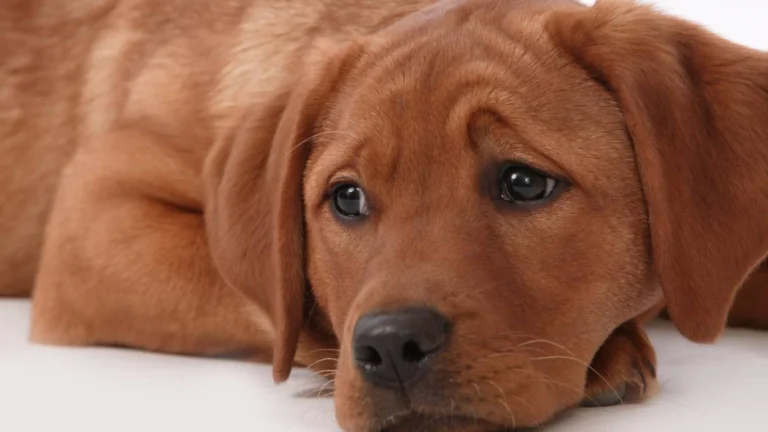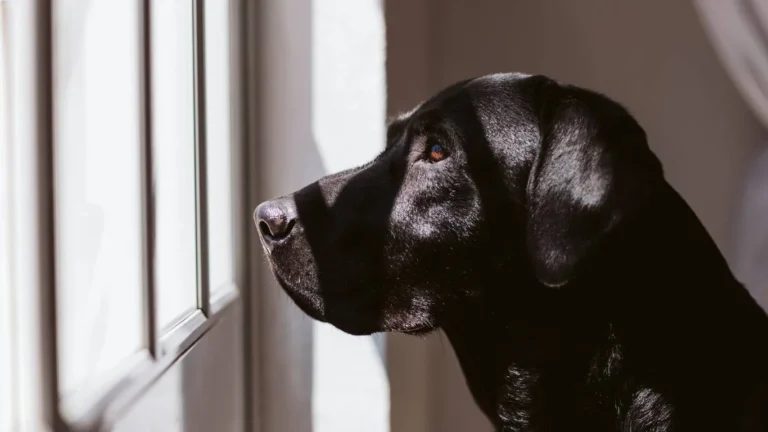Help Your Dog’s Broken Nail Heal Faster – Expert Tips & Home Remedies
Seeing your furry friend in pain is never easy, and if your dog has a broken nail, you probably want to know how to help a dog with a broken nail heal faster. As a pet nutritionist and someone who has spent years working in veterinary clinics, I’ve seen my fair share of painful nail injuries. Whether it’s from a misstep on rough terrain, an overgrown nail getting caught in fabric, or just an unfortunate accident, a broken nail can cause your pup a lot of discomfort. The good news? With the right care, you can ease their pain and speed up the healing process.
Why Do Dogs Break Their Nails?
Before we dive into the healing process, let’s talk about how dogs end up with broken nails in the first place. Understanding the cause helps prevent future injuries, and trust me—prevention is just as important as treatment.
- Overgrown nails: When a dog’s nails grow too long, they are more prone to breaking, cracking, or splitting.
- Rough play: Dogs who love to run, dig, and chase after things can accidentally snag a nail on a surface.
- Brittle nails: Just like human nails, dog nails can become weak due to nutritional deficiencies or underlying health conditions.
- Poor trimming techniques: Cutting your dog’s nails too short or at the wrong angle can lead to cracks and breaks.
In my experience, I’ve seen pups rush into the clinic limping, sometimes bleeding, and clearly distressed. The owners often feel just as anxious, wondering if it’s a minor injury or something more serious. The key is knowing how to respond quickly.
First Aid: What to Do Immediately
When your dog breaks a nail, acting fast can minimize pain and reduce the risk of infection. I always tell pet parents to take a deep breath—your pup is counting on you to stay calm.
Step 1: Assess the Damage
Some nail breaks are minor, while others expose the quick (the sensitive part inside the nail that contains nerves and blood vessels). If the break is bleeding or your dog is constantly licking the area, it needs immediate attention.
Step 2: Stop the Bleeding
If you see blood, don’t panic. Apply gentle pressure using a clean cloth or gauze. You can also use styptic powder or even a little cornstarch to help clot the wound. If bleeding doesn’t stop after 10 minutes, a vet visit is necessary.
Step 3: Clean the Area
Once bleeding is under control, clean the injured nail with warm water and mild antiseptic to remove dirt and bacteria. This step is crucial because an open wound can lead to infection.
Step 4: Protect the Nail
After cleaning, apply a pet-safe antibiotic ointment and wrap the paw in a soft bandage. Be careful not to wrap it too tight—you just want to keep the nail clean and prevent your pup from licking it excessively.
Step 5: Keep Your Dog Calm
Limiting activity is key to preventing further injury. If your dog is the type that zooms around the house non-stop, consider confining them to a quiet space until the nail has a chance to start healing.
When to See a Vet
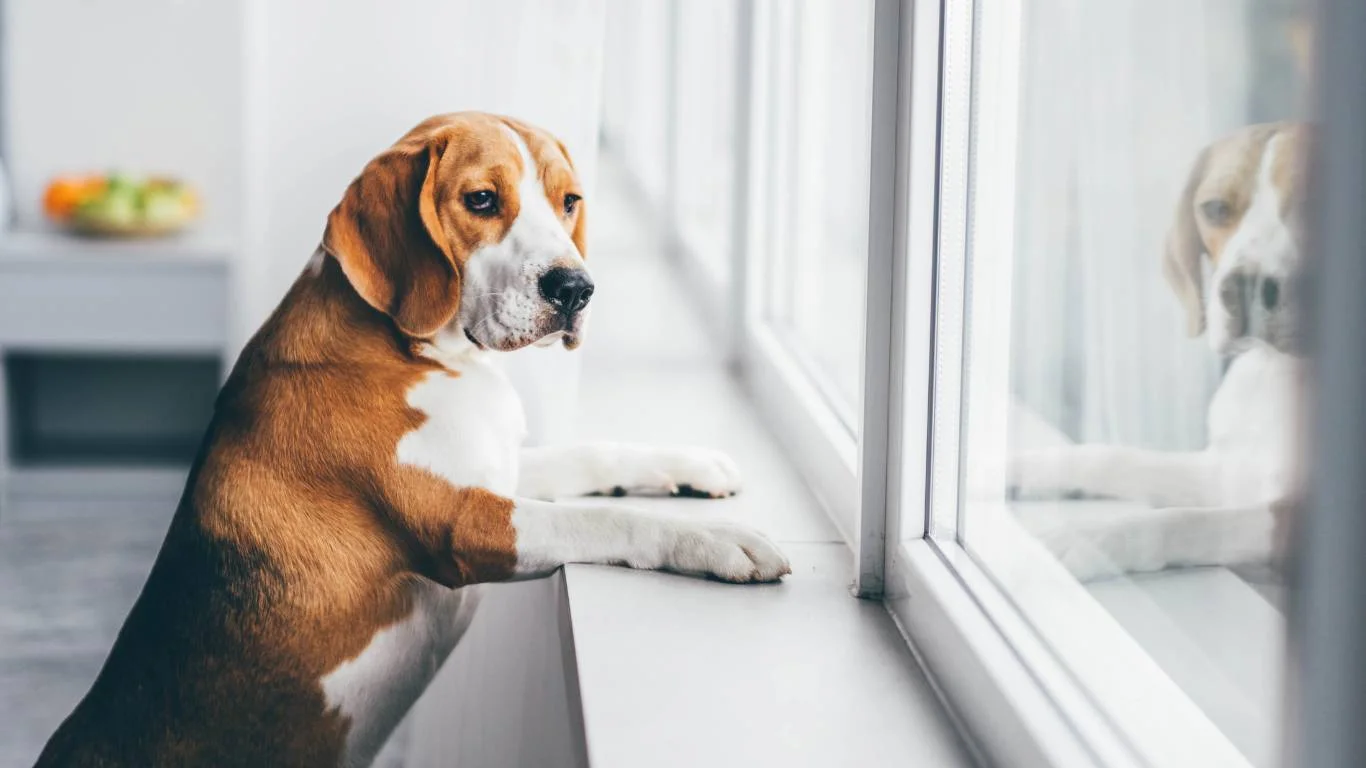
While many broken nails heal with proper at-home care, some cases require a veterinarian’s help. Here are signs that your pup might need professional treatment:
- Excessive bleeding: If the bleeding won’t stop, it’s best to seek veterinary care.
- Severe limping or pain: Some dogs tolerate pain well, but if your pup refuses to put weight on the paw, there might be more damage.
- Swelling or redness: Signs of infection like pus, foul odor, or increased warmth around the nail area should never be ignored.
- A completely torn-off nail: If the entire nail is missing, the quick is fully exposed, and medical treatment is essential.
I’ve had pet parents come in thinking it’s just a small injury, only for the vet to discover an infection brewing underneath. When in doubt, it’s always better to get a professional opinion.
Speeding Up the Healing Process

Once you’ve handled the immediate first aid, it’s time to focus on recovery. A dog’s nail can take anywhere from a few weeks to a couple of months to fully regrow, but there are ways to help them heal faster.
Provide a Nutrient-Rich Diet
One of the best ways to promote healing is through proper nutrition. A diet rich in essential fatty acids, biotin, and high-quality protein strengthens nails and speeds up recovery.
- Omega-3 fatty acids: Found in fish oil, omega-3s have anti-inflammatory properties that support nail and skin health.
- Biotin (Vitamin B7): This vitamin plays a crucial role in maintaining strong nails. Many high-quality pet foods include it, but you can also find biotin supplements made specifically for dogs.
- Collagen and gelatin: These support nail regrowth and overall joint health.
I’ve worked with dog owners who noticed a dramatic improvement in their pup’s nail strength just by tweaking their diet. If your dog’s nails are prone to breaking, it might be worth looking at their overall nutrition.
Keeping Your Dog Comfortable During Recovery

Once you’ve taken care of the initial wound, the next step is making sure your dog stays comfortable while their nail heals. Dogs are naturally active creatures, and keeping them from licking, chewing, or overusing their injured paw can be a challenge. I’ve seen countless dog parents struggle with this, especially with high-energy breeds like Labradors and Border Collies.
Limit Activity
It’s easier said than done, but keeping your pup calm is crucial. Too much movement can put pressure on the broken nail, causing further pain and delaying healing. If your dog is particularly playful, try these tricks:
- Use a crate or playpen: A safe space can help limit movement without making your pup feel too restricted.
- Leash walks only: Until the nail is healed, avoid letting your dog run freely in the yard or go on long hikes.
- Mental stimulation: Swap physical exercise for brain games! Puzzle toys, treat-dispensing balls, or gentle training sessions can keep your dog occupied while they recover.
When my dog sprained a paw, I had to get creative with activities. I found that using snuffle mats and frozen peanut butter-filled Kongs worked wonders to keep him entertained while keeping his paws still.
Prevent Licking and Biting
Dogs instinctively lick their wounds, but excessive licking can lead to infections. If your pup won’t leave their injured nail alone, consider these solutions:
- Soft recovery collars: Traditional plastic cones (a.k.a. the “cone of shame”) can be uncomfortable, so opt for softer, inflatable collars.
- Paw bandages: If your dog tolerates it, a light bandage can keep the wound protected.
- Bitter sprays: Some pet-safe sprays have a bitter taste to deter licking.
One of my clients once wrapped their dog’s paw in a sock secured with vet tape, and it actually worked—just be sure to monitor for chewing!
How to Help a Dog with a Broken Nail Heal Faster
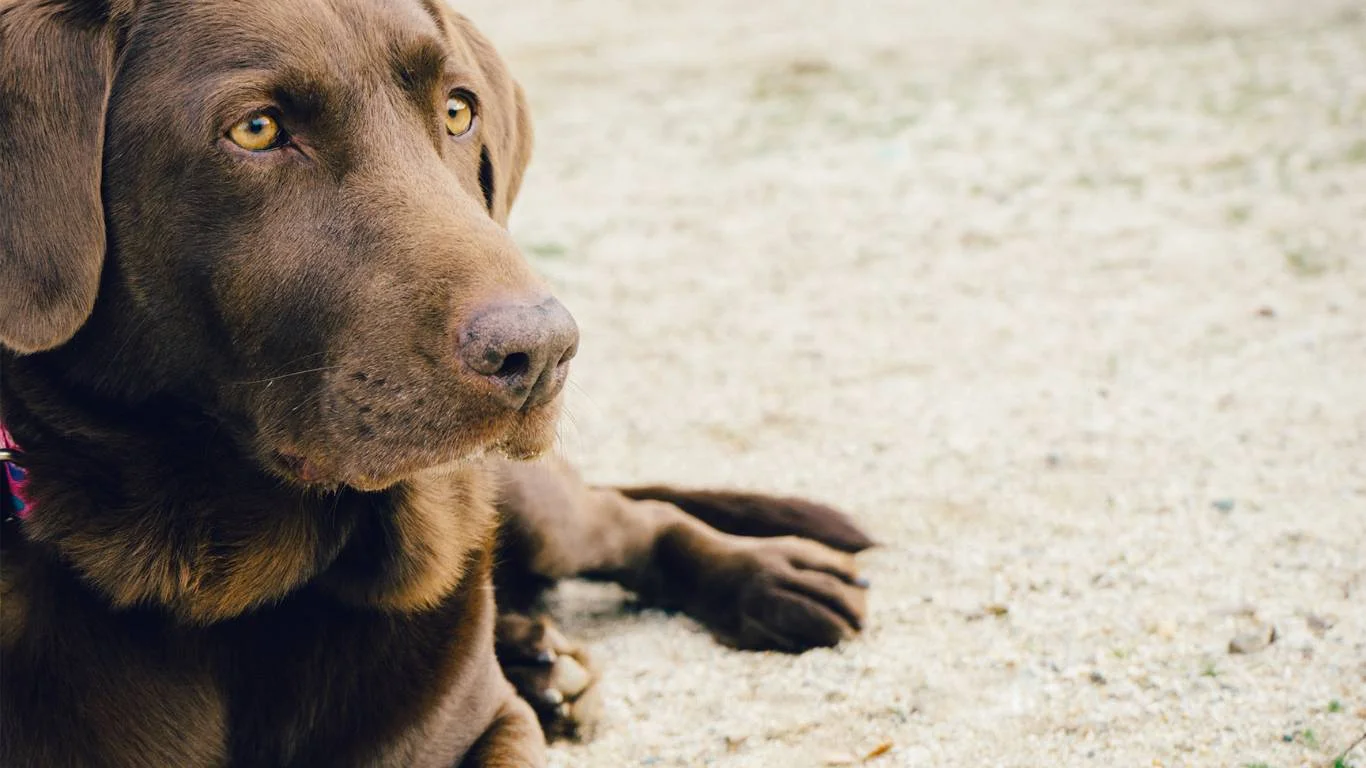
Speeding up your dog’s recovery involves more than just first aid—it’s about supporting their body’s natural healing process. Here are some tried-and-true methods to help that nail heal as quickly as possible.
Use a Paw Soak
Soaking your dog’s paw in an antiseptic solution can prevent infection and promote healing. I often recommend a simple Epsom salt soak:
- Fill a shallow bowl with warm water and add a tablespoon of Epsom salt.
- Gently place your dog’s paw in the water and let it soak for about 5 minutes.
- Pat the paw dry and apply a pet-safe antibiotic ointment.
If your dog isn’t a fan of water, you can use a clean cloth soaked in the solution and gently dab the paw instead.
Apply Healing Balms or Ointments
There are plenty of natural balms available that help soothe and protect injured nails. Look for products containing:
- Coconut oil: Has antibacterial and antifungal properties.
- Aloe vera: Helps reduce inflammation and soothes irritation.
- Manuka honey: A natural wound healer with antimicrobial properties.
I always keep a jar of coconut oil handy—it’s a lifesaver for minor wounds, dry paw pads, and even itchy skin.
Boost Their Immune System
Good nutrition plays a huge role in how quickly your dog recovers. If their diet lacks essential vitamins and minerals, healing may take longer. Here are some powerful nutrients that support nail regrowth:
- Zinc: Essential for skin and nail health. Found in lean meats and pumpkin seeds.
- Vitamin E: Helps repair damaged tissues and reduce inflammation.
- Protein: Since nails are made of keratin (a protein), feeding high-quality protein sources like chicken, turkey, or fish can help speed up recovery.
When I worked in a vet clinic, I noticed that dogs with well-balanced diets healed much faster than those on poor-quality kibble. If your pup’s nails seem brittle or slow to heal, a dietary adjustment might be needed.
How Long Does It Take for a Dog’s Nail to Heal?
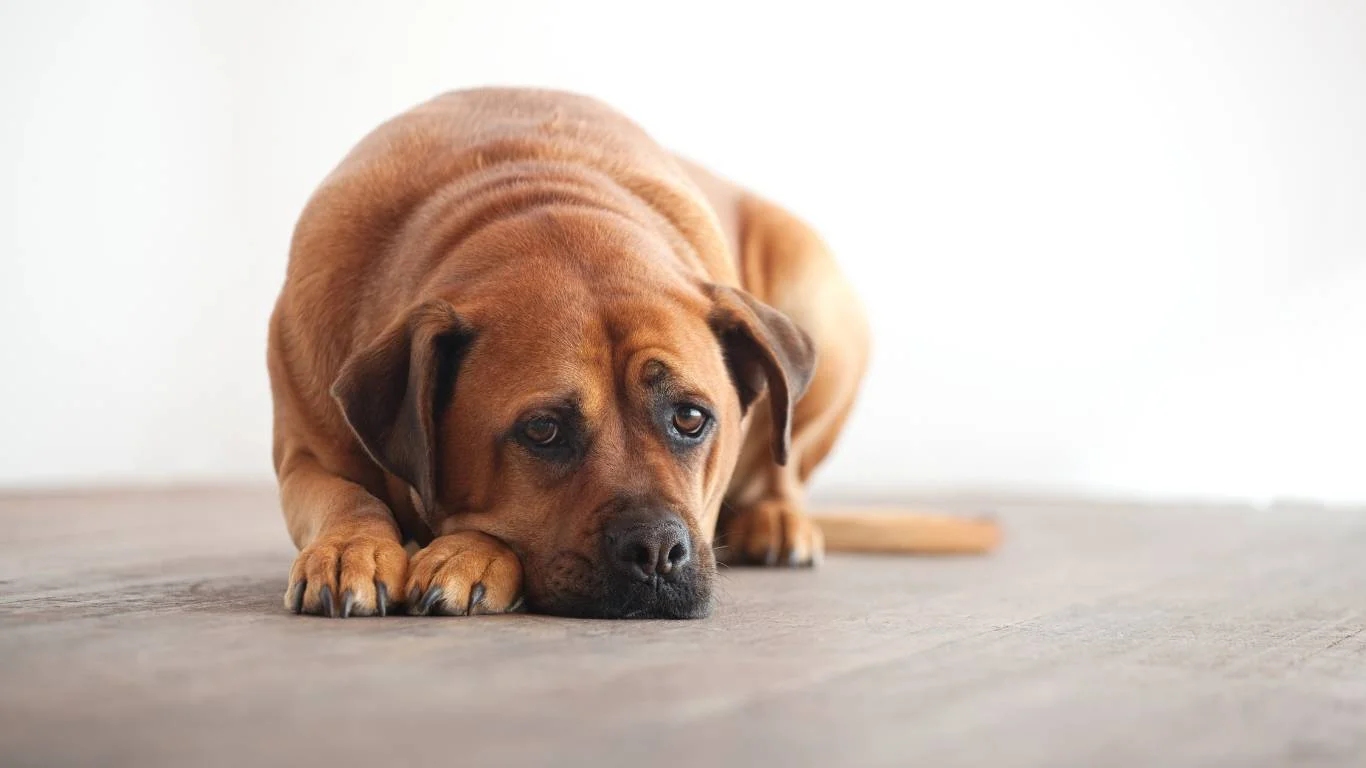
Healing time varies depending on how severe the break is. In general:
- Minor nail cracks: Can heal in 7-10 days.
- Moderate breaks (where part of the nail is missing): Take 2-4 weeks to fully regrow.
- Severe cases (if the nail was torn out completely): May take several months for full regrowth.
One thing I always remind pet parents is that nail injuries can be painful even after the visible wound has healed. The new nail might grow back thicker, thinner, or slightly different in shape, and that’s normal.
Regular Nail Trims to Prevent Future Injuries
Once your pup’s nail has healed, keeping up with regular trims can prevent another painful accident. Here’s what I recommend:
- Trim nails every 2-4 weeks to keep them at a healthy length.
- Use a high-quality clipper or grinder designed for dogs.
- If your dog hates nail trims, try doing just one nail per day while rewarding with treats.
One of my biggest regrets early in my career was not realizing how many injuries could be avoided with proper nail maintenance. Now, I always emphasize nail care to my clients—it’s such a simple step that makes a huge difference.
Signs of Infection: What to Watch For
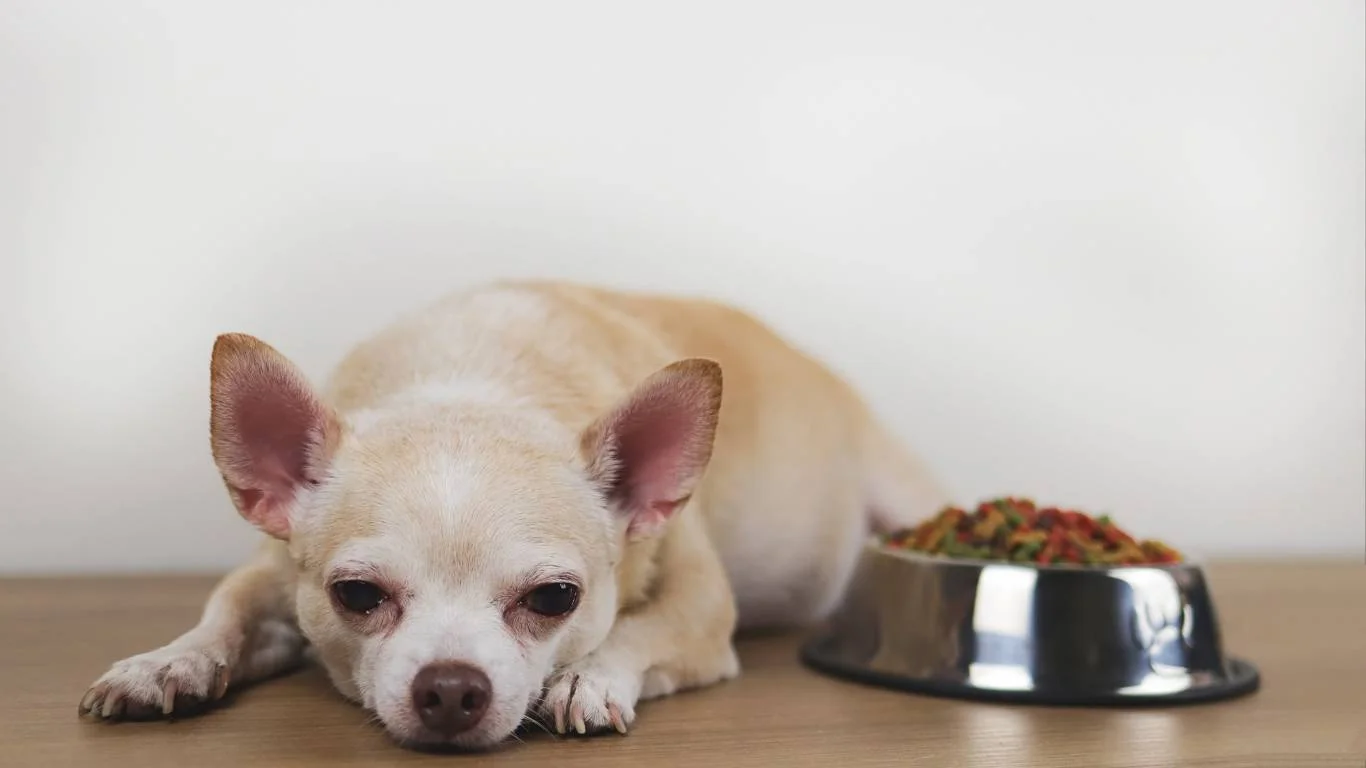
Even with the best care, there’s always a small risk of infection when dealing with a broken nail. Infections can be painful and lead to more serious complications if left untreated. Over the years, I’ve seen cases where an untreated nail injury developed into a deep-seated infection, requiring antibiotics and prolonged healing time.
Common Symptoms of Infection
If you notice any of the following signs, it’s time to get your pup checked by a vet:
- Swelling and redness: The area around the broken nail appears inflamed or feels warm to the touch.
- Persistent licking or chewing: If your dog is obsessively licking their paw, it might be a sign of discomfort or infection.
- Discharge or pus: Any oozing fluid, especially if it has a foul smell, is a red flag.
- Limping or reluctance to walk: If your dog continues to favor one paw even after the initial injury heals, there might be an underlying issue.
When in doubt, I always tell pet parents to err on the side of caution. A quick vet visit can prevent a minor issue from turning into a major one.
Home Remedies vs. Veterinary Care: When to Seek Help

Many broken nail cases can be managed at home with proper first aid and wound care, but there are times when professional intervention is necessary. Based on my experience in veterinary clinics, here’s how to decide:
Situations Where Home Care is Enough
- The nail is only slightly cracked or chipped.
- The bleeding stops quickly after applying styptic powder or cornstarch.
- Your dog isn’t limping or showing signs of severe pain.
- There are no signs of infection (swelling, pus, or bad odor).
When to Take Your Dog to the Vet
- The nail is completely torn off, exposing the quick.
- Bleeding persists despite using clotting agents.
- Your dog shows extreme pain or avoids using the injured paw.
- There are signs of infection, such as pus, swelling, or a strong odor.
- A portion of the nail is still hanging and needs proper removal.
One case I remember vividly involved a Golden Retriever who had partially torn off a nail while playing fetch. The nail was dangling, causing constant irritation. The owner initially tried to trim it themselves but stopped when they saw blood. In cases like these, a vet can safely remove the damaged portion, clean the area, and prescribe pain relief or antibiotics if needed.
Preventing Future Nail Injuries
Now that your dog is on the mend, let’s talk about how to avoid this happening again. Prevention is always better than treatment, and a few simple habits can significantly reduce the risk of nail injuries.
Regular Nail Trims
Keeping your dog’s nails at an appropriate length is the best way to prevent painful breaks. Overgrown nails are more likely to catch on surfaces, leading to splits and tears.
- Use a high-quality nail clipper or grinder designed for dogs.
- Trim nails every 2-4 weeks or as needed based on growth.
- If you’re unsure, have a groomer or vet show you the proper technique.
Provide Proper Surfaces for Walking
Did you know that regular walks on rough surfaces like concrete naturally file down a dog’s nails? Soft indoor flooring doesn’t provide the same wear, so dogs that spend a lot of time inside may need more frequent trims.
Boost Nail Health with Nutrition
Weak, brittle nails are more prone to breakage. Feeding a balanced diet with essential nutrients like biotin, omega-3 fatty acids, and collagen can strengthen your dog’s nails over time.
- Add fish oil or flaxseed to their meals for omega-3 support.
- Include biotin-rich foods like eggs or look for pet-specific supplements.
- Bone broth is a great natural source of collagen, supporting strong nails and joints.
Final Thoughts
Helping a dog with a broken nail heal faster isn’t just about treating the wound—it’s about managing their pain, preventing infection, and setting them up for better nail health in the future. Every dog is different, and what works for one may not work for another. As someone who has worked closely with pet parents and vets, I always encourage a balanced approach: home care when possible and professional help when needed.
And remember—don’t beat yourself up if your pup gets another nail injury down the road. It happens! The important thing is that you’re now armed with the knowledge to handle it confidently.
References
Disclaimer
This article is for informational purposes only and does not replace professional veterinary advice. If your dog is experiencing severe pain, bleeding, or signs of infection, please consult a licensed veterinarian immediately.
